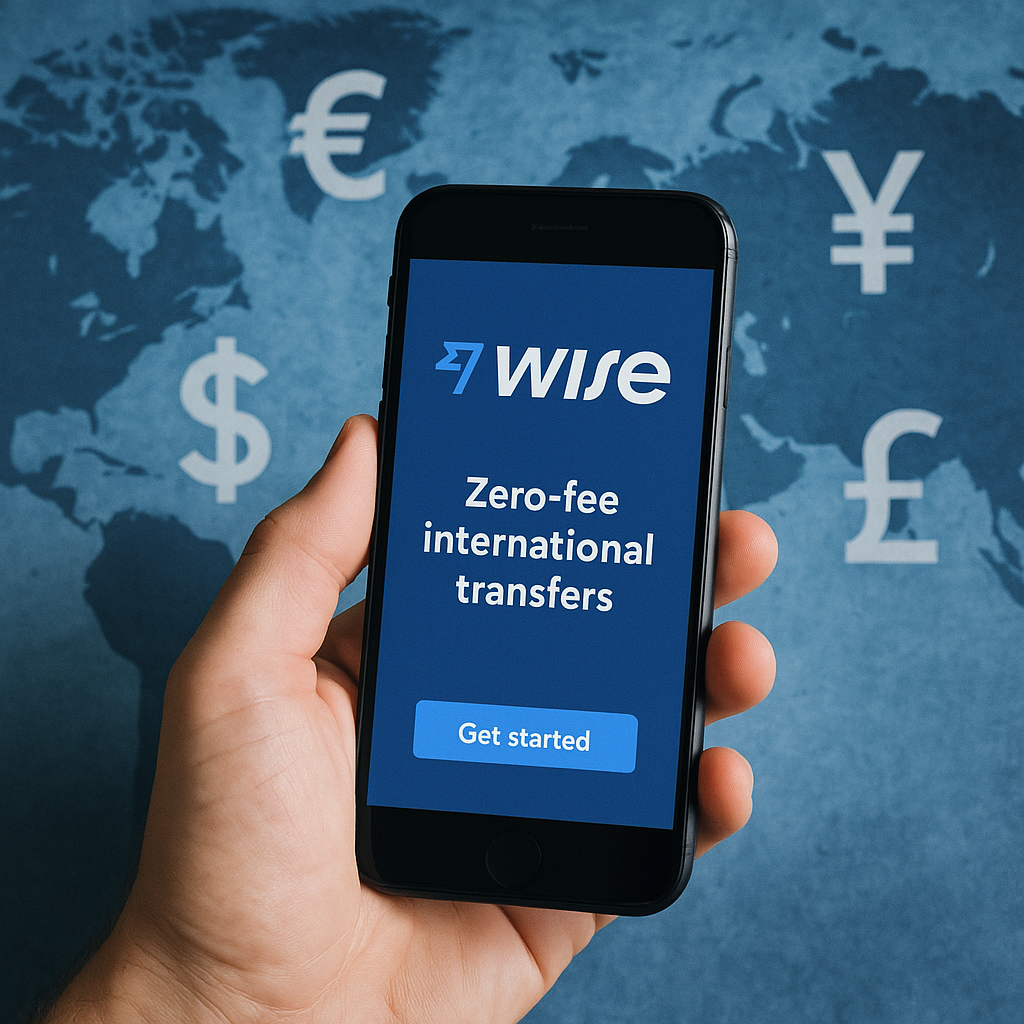Imagine sending $1,000 overseas and discovering your friend only got $950. That $50 “loss” isn’t magic—it’s hidden fees, poor exchange rates, and middle-bank charges. If you send money regularly—for rent, tuition, or to support family—those costs can total hundreds or even thousands of dollars a year. This guide shows you how to eliminate nearly all extra charges, keep 100% of your funds, and use advanced tactics to save even more.
1. Understand Where Your Money Goes
Flat Transaction Fees
- Big banks often charge $25–$50 per transfer, regardless of amount.
- Specialty services may advertise low fees but tack on additional charges later.
Exchange Rate Markups
- Banks offer an “offered rate” that’s 1–3% worse than the true mid-market rate (the rate you see on Google or XE).
- That margin is pure profit for them.
Correspondent Bank Fees
- International transfers via SWIFT often pass through 2–3 intermediary banks, each adding $5–$15.
- A chain of three can tack on $15–$45 extra.
Receiving Bank Fees
- The recipient’s bank may deduct $5–$10 as a handling fee before crediting the final account.
Combined, these can reduce your friend’s payout to 85–90% of what you sent.
2. Switch to Fee-Transparent Platforms
Wise (formerly TransferWise) uses a peer-to-peer model:
- Your USD goes into Wise’s U.S. account.
- Wise pays out EUR from its European account.
- No cross-border hops means no correspondent fees.
True Mid-Market Rates
- Wise applies the exact rate you see online—zero markup.
Small, Upfront Fee
- Around 0.4% of the transfer amount (varies by currency).
- You see the breakdown—“Send $1,000 → Receive €900; Fee $4”—before you confirm.
Local Bank Accounts
- Wise holds accounts in the U.S., U.K., EU, Australia, etc.
- Transfers happen locally, bypassing expensive international routes.
Need quick tips?
<a href=”/zero-fee-global-transfers-5-key-tips”>Zero-Fee Global Transfers: 5 Key Tips →</a>
3. Getting Started
- Sign Up: Go to wise.com or download the Wise app. Enter your email and create a password.
- Add Details: Fill in your name, birthdate, address, and reason for transfer.
- Verify Identity: Upload your passport or driver’s license and take a quick selfie. Most verifications finish in 1–2 hours.
Once verified, you can send large amounts safely and legally.
4. Advanced Strategies for Extra Savings
1. Rate Alerts & Timing
- Set a target rate (e.g., 1 USD = 0.92 EUR) in Wise or Revolut.
- Receive instant alerts and execute transfers automatically.
- A 0.5% improvement on $5,000 saves you $25 in a single transaction.
2. Batch Payments for Multiple Recipients
- Prepare a CSV with up to 1,000 recipients.
- Review and approve all payments in one click.
- Pay one small percentage fee on the total rather than many fixed fees.
3. Multi-Currency Balances
- Hold dozens of currencies in one account.
- Top up when your chosen currency dips below your target rate, then convert later.
- Smooth out rate fluctuations and maximize purchasing power.
4. Fee-Free Card Spending
- Use Wise’s debit card to pay at mid-market rates.
- Always decline dynamic currency conversion (DCC) prompts.
- Link to Apple Pay or Google Pay to avoid hidden markups.
5. API Integration for Businesses
- Connect Wise to accounting software (Xero, QuickBooks) or your own system.
- Automate payroll, vendor payouts, or subscription refunds.
- Eliminate manual work and maintain an auditable payment trail.
5. Compare Your Options
| Service | Fee Structure | Pros | Cons |
|---|---|---|---|
| Wise | ~0.2–0.5% | True rate, transparent, fast | Small fee on tiny transfers |
| Revolut | 0–1% weekdays (+weekend markup) | Free within network, slick UX | Weekend markups, limited geos |
| PayPal | 2.5–4% currency margin + fees | Very popular, instant transfers | High FX fees, freezing risk |
| Banks | 3–5% total cost | Universal access, perceived security | Slow, opaque fees |
6. Real-World Savings Examples
- Freelancer in New York → Berlin Contractors
- Old way: $2,000 transfer → €1,880 after $30 + 2% markup
- Wise: Fee $8 (0.4%) + mid-market rate → €1,992
- Result: Saves $22/month; contractor gains €112/month; $264 + €1,344 annual impact
- Student in Sydney → Family in India
- Old way: AUD 1,000 → family gets INR 57,000 after AUD 15 + 2.5% margin
- Wise: Fee AUD 4 + true rate → INR 60,000
- Result: Family gains INR 3,000/month; INR 36,000/year
7. Your Action Plan
- Set Rate Alerts:
Choose a target exchange rate (e.g., 1 USD = 0.92 EUR) on platforms like Wise or Revolut. Receive instant notifications and lock in savings automatically. - Batch Payments:
Upload up to 1,000 recipients in a spreadsheet and send all payments at once. Pay a single small percentage fee instead of multiple fixed fees. - Hold Multiple Currencies:
Keep balances in key currencies (USD, EUR, GBP) and convert in small increments when rates hit your target. - Use a Fee-Transparent Card:
Pay abroad with a Wise debit card and always decline dynamic currency conversion (DCC) to avoid hidden markups. - Automate with API:
Integrate Wise with accounting software to schedule recurring transfers, reducing manual work and errors.
Ready to keep 100% of your money?
<a href=”/mastering-zero-fee-global-transfers-complete-guide-keep-100-percent-of-your-money”>Complete Guide 다시 보기 →</a>
By applying these tips, you can reduce your international transfer fee below 0.3%—often to zero. Start today and keep 100% of your funds.


